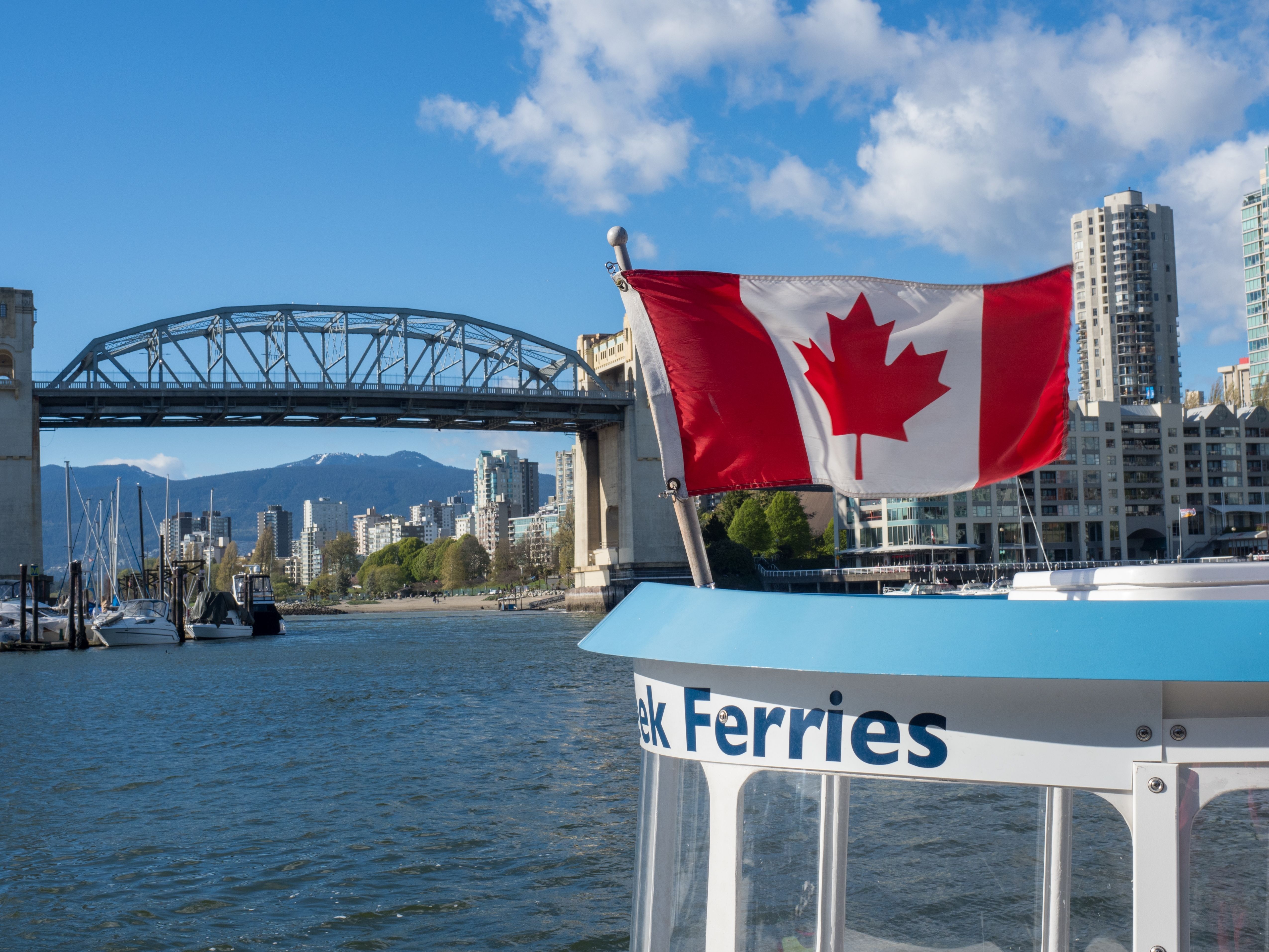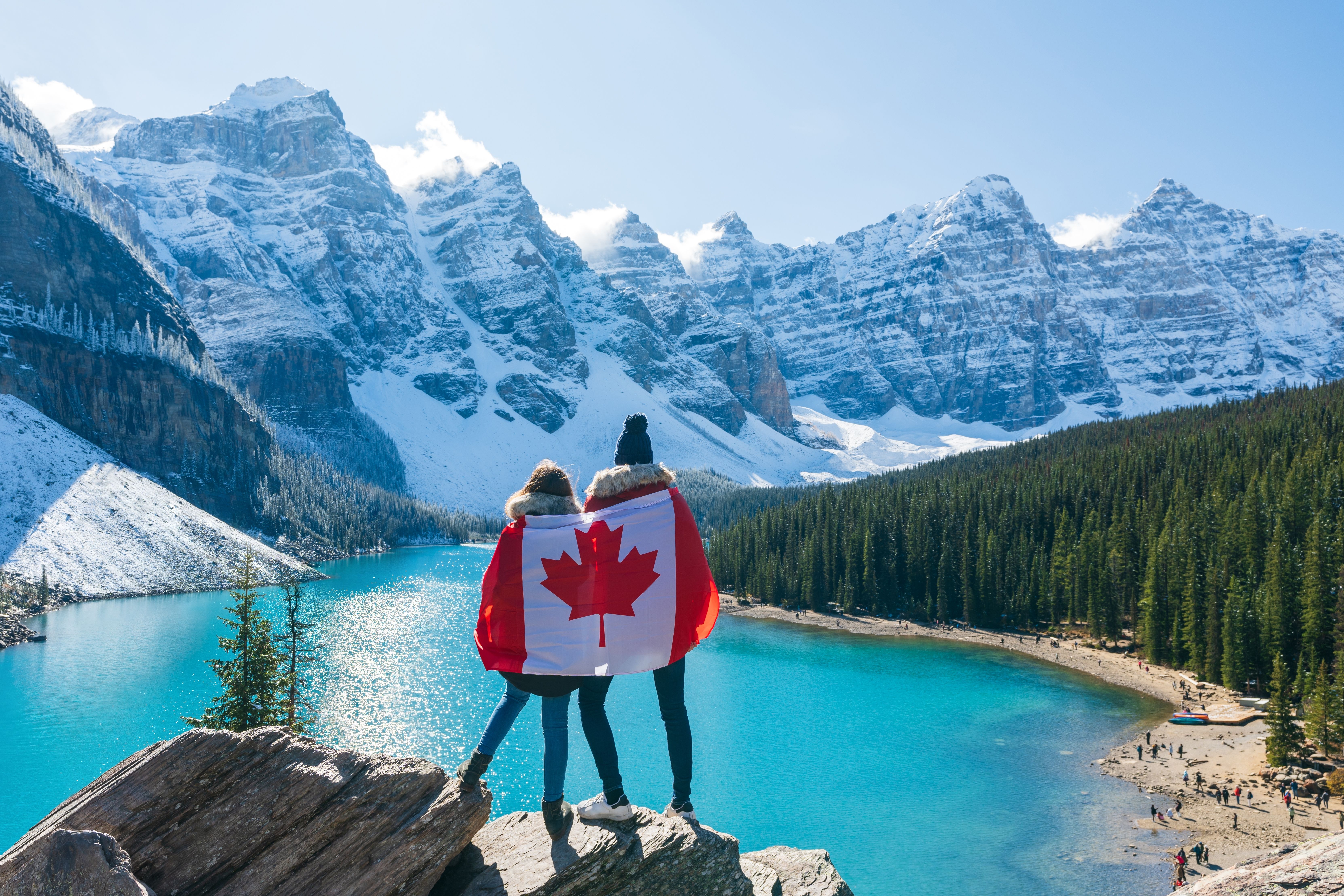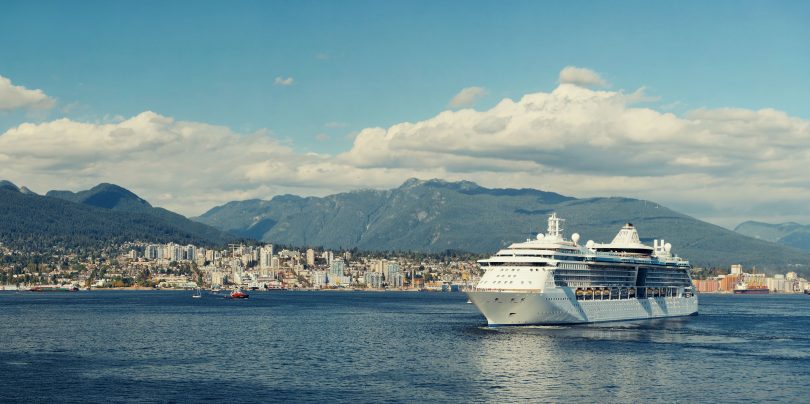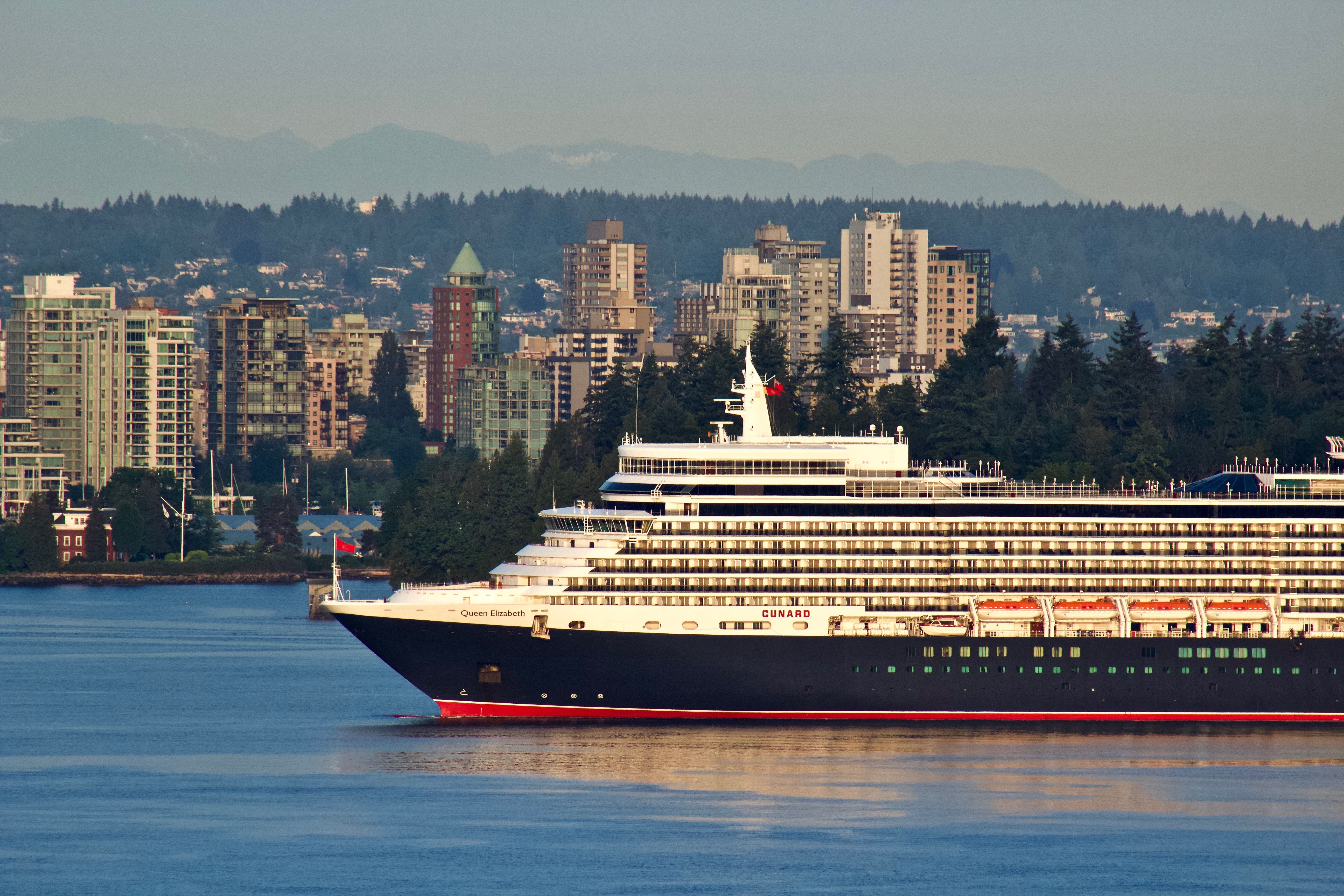When President Donald Trump announced new tariffs on Canadian imports in early 2025, few expected that cruise tourism would essentially become collateral damage as a result. But the fallout came fast, at no surprise to many. British Columbia Premier David Eby proposed tolls on U.S. trucks en route to Alaska, triggering a sharp response from Alaska Senator Dan Sullivan, who began pushing to exempt cruise ships from the century-old Passenger Vessel Services Act (PVSA).
Related
U.S. Currency Buckles Under Tariff Trade Wars: What That Means for Americans Traveling Overseas
U.S. Citizens Traveling to Europe This Summer Face Economic Uncertainty
What began as a trade clash is now reshaping travel routes. In fact, cruise ports like Victoria and Vancouver could lose millions as Alaska looks to bypass Canadian stops. The trade war has officially come for the cruise industry.
From Tariffs To Tourism: How The Dispute Escalated
President Trump’s February executive order targeted Canadian goods in an effort to protect American industries. In response, British Columbia Premier David Eby proposed tolls on U.S. transport trucks traveling through the province, which sparked fresh political and economic tensions.
But it wasn’t just cargo caught in the middle, though. Tourism quickly became the next battleground. Alaska, which depends on Canadian ports for both overland and cruise access, viewed the tolls as a threat. As a result, Senator Dan Sullivan responded by reviving efforts to amend the PVSA, a century-old maritime law requiring foreign-flagged cruise ships to stop in a foreign port between two U.S. destinations.
Alaska officials signaled they wouldn’t let the tolls go unanswered. Sullivan suggested that if Canada moves forward with its plan, Alaska-bound cruises could bypass Canadian ports altogether—a shift he said would have major consequences.
“That will take billions, and I’m talking billions of dollars of tourism revenue from western Canadian provinces,” he warned.
For Alaska, the strategy offers a potential economic windfall: redirecting cruise traffic and spending to U.S. ports, all while reducing reliance on Canadian infrastructure at the same time.
Canadian Cruise Cancellations And Alaska’s Bold Strategy
Backlash also brewed north of the border. Prime Minister Justin Trudeau’s call to “choose Canada” stirred a wave of nationalist sentiment. Many Canadians canceled cruises booked through U.S. companies or leaving from U.S. ports, pledging instead to support destinations that welcomed their business. One traveler on social media summed up the sentiment: “I’m never vacationing in America again.”
Markets reacted, too. Cruise line stock prices dipped following the tariffs as investors braced for ripple effects. Analysts warned that even a 10% drop in Canadian travelers could cost the U.S. economy $2 billion and 14,000 tourism-related jobs.
Meanwhile, Alaska saw an opportunity in the chaos. Senator Sullivan pushed for a PVSA exemption that would allow cruises to sail directly from Seattle to Alaska, skipping Canadian ports entirely. He called it a strategic reset, aimed at bolstering Alaska’s tourism economy and reducing dependence on Canadian infrastructure.
Alaska’s Proposed Cruise Strategy:
|
Proposed Action |
Impact on Canada |
Benefit to Alaska |
|
PVSA Exemption for Alaska |
Loss of cruise stops |
Strategic independence from foreign ports |
|
Drop Canadian Ports (Victoria, Vancouver) |
Estimated $130M+ annual hit to BC economy |
Redirects cruise traffic to U.S. ports |
|
Encourage U.S.-only itineraries (Allow Seattle-Alaska direct sailings) |
Tourism redirection (reduces foot traffic in B.C. ports) |
Greater control over cruise flow and itineraries |

Related
Royal Caribbean’s Canadian Destination Could Lose Millions Due To Dispute With U.S. Senator
Issues between Canada and the United States are affecting the cruise world.
Fallout For Canada’s Cruise Industry
Cunard Queen Elizabeth cruise liner arrives in Vancouver from Alaska
For ports like Victoria and Vancouver, the consequences could be severe. Victoria alone welcomed nearly a million cruise passengers in 2024. More than 700,000 of them disembarked, spending money in local shops, restaurants, and tour companies. Cruise activity brings in at least $130 million per year to the city’s economy.
If Alaska skips B.C. altogether, that revenue—and thousands of seasonal jobs—could vanish. Tourism operators, small businesses, and longshore workers would all feel the sting. From souvenir vendors on Victoria’s Inner Harbour to local tour guides, hotel staff, and dockworkers, a drop in cruise traffic could ripple across entire communities. Smaller coastal towns that benefit from overflow tourism may also see reduced foot traffic and fewer bookings, further compounding the impact.
Beyond economics, there’s a diplomatic cost. Cruise itineraries are often planned 12–18 months in advance. Ongoing uncertainty, even without a finalized policy change, could push cruise lines to restructure future sailings. The once-close relationship between Canadian and U.S. ports is under stress, with both sides questioning how much leverage they’re willing to use.

Related
U.S. Travel Agencies and Duty-Free Border Tourism Shops Witnessing Unprecedented Downfall in Revenue
What started as a trade fight has grown into something much larger—disrupting tourism, diplomacy, and regional partnerships. Canada’s cruise economy, especially in British Columbia, now faces real uncertainty as Alaska moves to secure more control over its maritime future.
The next few months may prove critical. Talks between Canadian and U.S. officials could determine whether this cruise standoff is a temporary rift—or the beginning of a permanent shift in how the Pacific Northwest does business. Will a compromise be reached, or are we witnessing a permanent redrawing of the Pacific Northwest cruise map?











